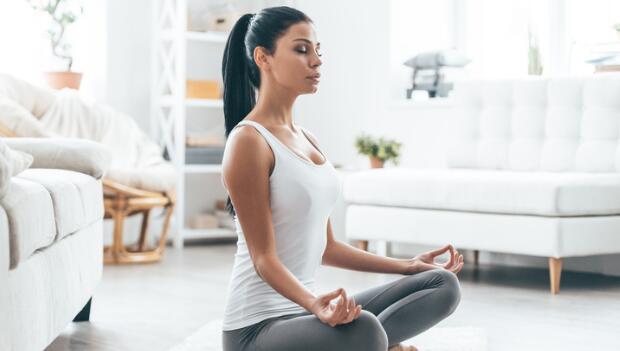
Basic Must-Dos
Study First
Learn the basic poses from an expert instructor before beginning your own practice. Classes develop a sense of community and they're motivating. Plus, your instructors can make hands-on corrections if you're doing something wrong.
Plan Wisely
Choose a time and place where you won't be disturbed. This might be in the morning, when your mind is quiet and receptive, or in the evening, when your body isn't so stiff. It doesn't matter when, as long as you do it consistently
Equip Yourself
The only equipment you really need is a sticky mat, comfortable clothing and your
bare feet. Props like blankets, blocks and straps can
ease you into more difficult poses, but your focus in the beginning should simply be on
mastering the basics.
Get Warm
It's important to start with a warm-up to get movement and flow going. This will prepare your body for tougher postures that require more strength and stability to perform. Your warm-up should take between five and 10 minutes, but it's more important to observe how your body feels than to watch a clock.
Start Slow
When you're beginning a practice on your own, one hour of yoga can feel overwhelming. Keep it simple so that you want to continue. Start with a few poses you know and feel confident doing. When you're finished, lie in a
corpse pose—on your back, letting feet fall open, arms relaxed at sides, palms up—for five minutes. Repeat this routine for two weeks, paying attention to how your body feels. Gradually add new poses and hold them a little longer.
Always Breathe
In yoga, pranayama, or breath control, is essential. The breath is used in a variety of ways—to energize, to relax or to connect one pose to another. First, inhale, filling belly, rib cage and finally lungs, then exhale in the reverse order. Don't rush; keep both inhale and exhale even and equal in time.



